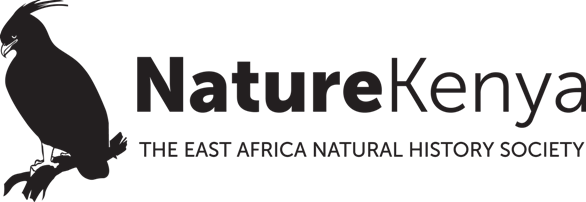March 3 is World Wildlife Day. The day was set aside by the United Nations (UN) to celebrate and raise awareness of wild animals and plants. “Forests and Livelihoods: Sustaining People and Planet” is this year’s theme. The theme highlights the central role of forests, forest species and ecosystems services in sustaining the livelihoods of hundreds of millions of people globally, and particularly of indigenous and local communities with historic ties to forested and forest-adjacent areas.
“It is all about the trees, the butterflies and my sweep net. The trees bring the butterflies and these butterflies earn me a livelihood,” says Abbas Athman, an Arabuko-Sokoke forest-adjacent dweller.
Athman has mastered the patience, calmness and agility to dart and flit with butterflies in one of the most rewarding businesses in Arabuko-Sokoke Forest: butterfly farming. He can tiptoe, then dart just like the butterflies before bringing them down with a swoop of his net. For 15 years, a sweep net and several indigenous trees dotting his compound are among his precious investments.
Athman neighbours Arabuko-Sokoke forest, the largest remnant of coastal forest in East Africa and a home to many endangered species, a reason why conservation of the forest is critical. However, pressure from the growing population in tandem with the soaring demand for wood fuel and building materials placed the forest in danger.
Enter the butterflies, unlikely saviours. The butterfly export project, which started in 1993 as an initiative by Nature Kenya and the National Museums of Kenya to conserve the forest, has brought together hundreds of farmers living around Arabuko-Sokoke forest. While conserving the critical ecosystem, the project boosts the livelihoods of farmers from across 50 villages around Arabuko-Sokoke who, in a good season, can each earn up to Ksh 15,000.
In the butterfly project, farmers trap adult butterflies and keep them in transparent cages made from nets. Within these cages are different types of trees, which are food for the caterpillars that will become butterflies.
The butterflies lay eggs, which hatch into larvae – caterpillars. The caterpillars feed on the leaves of forest trees, and grow until they turn into pupae. A pupa is a resting stage. Inside the pupa, the caterpillar changes into a butterfly.
Butterfly farmers collect the pupae and bring them to the Kipepeo office, where the farmers are paid for each pupa. The pupae are then exported to different countries where they become part of live butterfly exhibitions.
Exporting pupae does not reduce the butterfly species within the forest, since a butterfly can lay up to 120 eggs. Farmers usually have butterflies in excess and often release them.
The project, Nature Kenya’s Coast Regional Coordinator Francis Kagema said, has helped ease cases of destruction in Arabuko-Sokoke.
“The project has demonstrated to communities the importance of these forests and whenever there are cases of destruction, it is the communities who tip authorities on the case. The project has also demonstrated the importance of growing indigenous trees, a move which has boosted forest cover in the region,” Kagema said.
Protecting the trees for the butterflies has been key in conservation of endemic and endangered species of Arabuko-Sokoke, says Paul Gacheru, Nature Kenya species expert. The forest, he says, hosts six of the rarest and globally threatened bird species including Clarke’s (Kilifi) Weaver, Amani Sunbird, East Coast Akalat, Spotted Ground Thrush, Sokoke Pipit and Sokoke Scops Owl. Arabuko Sokoke is also home to the unique Golden-rumped Sengi (elephant-shrew), over 230 bird species and 250 butterfly species.
Last year when Covid-19 struck, butterfly exhibits closed all over the world, and exports stopped suddenly. Nature Kenya and some of its members provided funds to support the butterfly farmers with small loans and seeds to grow food. This helped them through the worst of the pandemic, and now butterfly exhibits are opening again – including Butterfly House at Fort Jesus, Mombasa.
